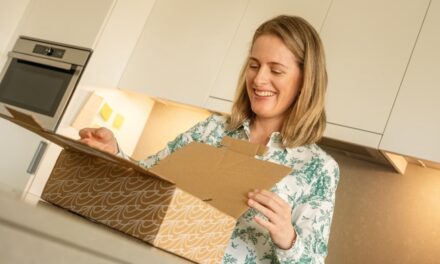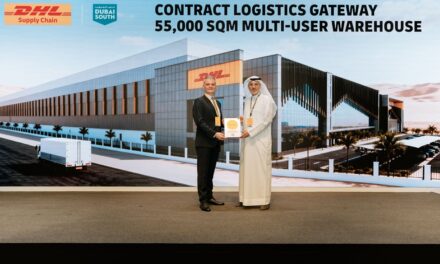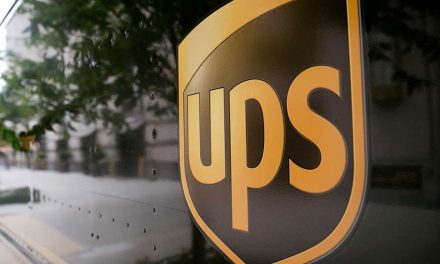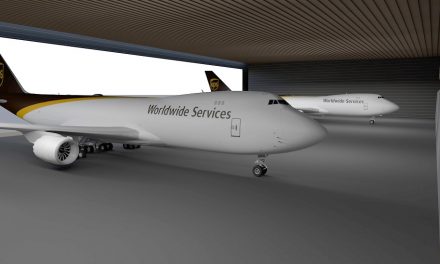
Meeting the urban delivery challenge
The University of Washington (UW) has announced that its new Urban Freight Lab plans to work with industry and the Seattle Department of Transportation (SDOT) to meet the challenges of urban goods delivery. An article posted on the UW website yesterday (12 October) said the Urban Freight Lab will “investigate high-impact, low-cost solutions for businesses delivering goods in urban settings and cities trying to manage limited curb and parking space where delivery trucks, bicycles, pedestrians and cars all need to coexist”.
Part of the UW Supply Chain Transportation & Logistics Center (SCTL), the Urban Freight Lab will bring together retailers, carriers and technology companies as well as transportation and urban planners. Its founding industry members include UPS, Costco and Nordstrom.
Anne Goodchild, who is civil and environmental engineering associate professor at UW and director of the SCTL, commented: “Some of the changes brought about by the rise in e-commerce have the potential to reduce costs and carbon dioxide and improve livability, but we need better planning and exchange to ensure these opportunities are harnessed.
“Seattle is a great location for this living laboratory because we have urban growth, geographic constraints and profound behavioral changes in the way people are buying things they need for daily life.”
The SDOT has a $285,000, three-year research collaboration agreement with the Urban Freight Lab which – according to UW – “may grow over time”.
SDOT Director Scott Kubly said: “From the first mile to the last fifty feet, freight delivery is changing. For big trucks coming out of the Port of Seattle and small trucks delivering to people’s homes and businesses, this joint project will address the rapidly evolving world of freight movement.”
The Urban Freight Lab will focus initially on the “last fifty feet” of the delivery – the last leg of the journey where the driver has to get the parcel from the vehicle to its final drop-off point.
The problems where we can be of most value occur where a private company has to use public space or share public space – they can’t control that,” said Goodchild. “The ‘final 50 feet’ highlights the challenge of coordinating across numerous, diverse stakeholders. It’s a problem that isn’t going to solve itself and no one can solve independently.”












